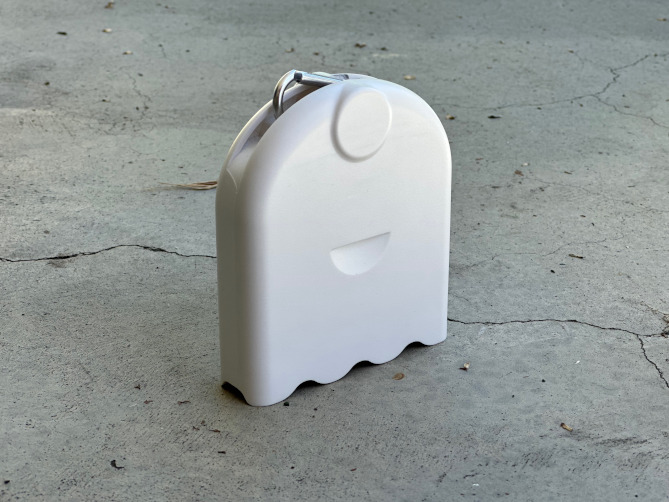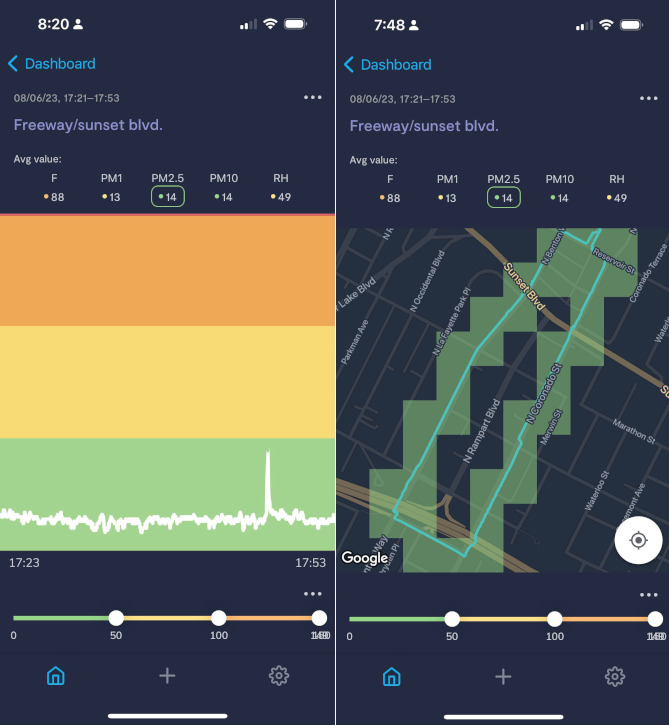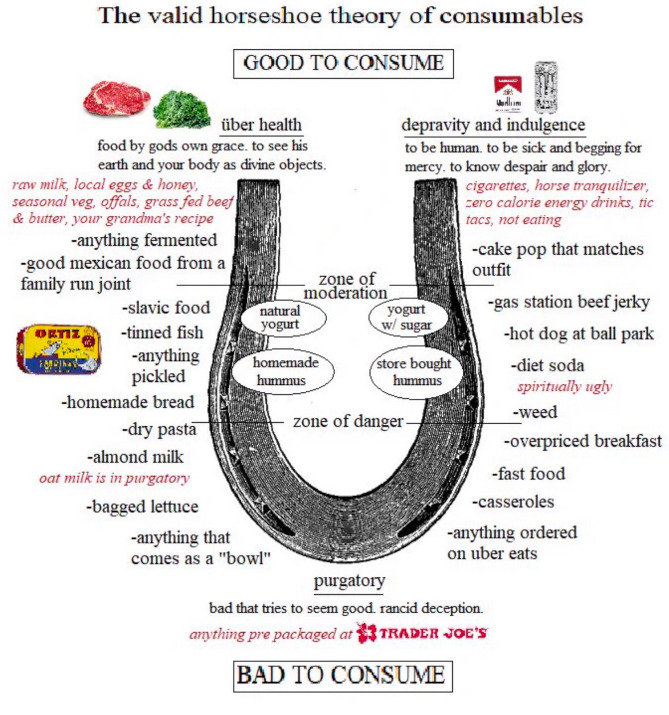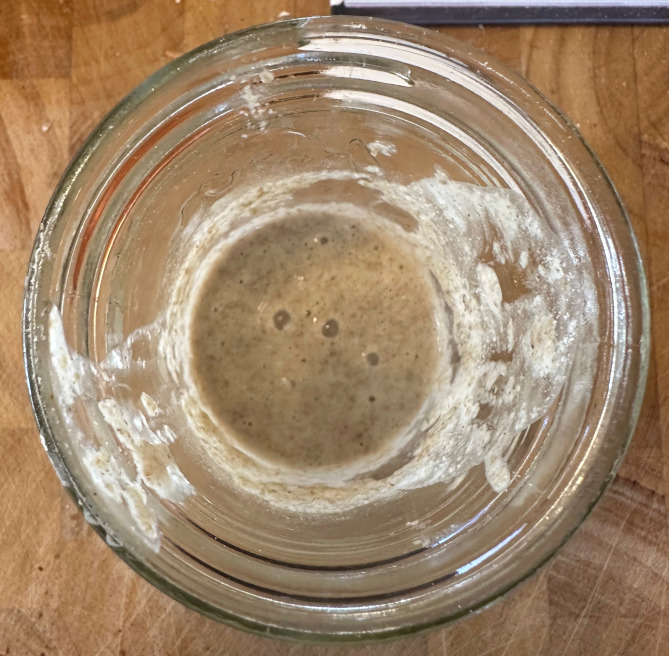
Los Angeles Library card holders can check out an air quality monitor and participate in a crowd-sourced science project to monitor and map air quality.
I checked out a portable monitor at the Central Library, called an AirBeam, that measures two kinds of particulate pollution and feeds the results to an app on your smartphone. The AirBeam looks at two different sizes of particulate matter: PM2.5 and PM10. PM2.5, the smaller of the two, comes mostly from burning gasoline, diesel fuel and wood. PM10 (which, somewhat confusingly, includes PM2.5 particles) comes partly from fossil fuel but also consists of dust from agriculture, construction, wildfires and pollen.
The AirBeam has a loop which I attached to my belt, allowing me to take the device on my morning dog walks. The period in early August that I took measurements was unusually good for Los Angeles in August due to a mild weather. Only on one day did smoke from a distant fire up the central coast give me a reading that air quality officials would deem as “unhealthy”. It should be noted that there is actually no level of particulate matter that is “healthy” but, even without human activity, there would still be some particulate matter.

The app gives you both a graph of your readings and a map view, in this case from a walk I took down to the always congested 101 freeway. Everyone can view results via the web on this map.
You can also use the AirBeam to make stationary measurements indoors. Indoor particulate matter consists of things such as cigarette smoke and mold spores. Thankfully we seem to have good indoor air quality.
The real promise of the AirBeam and the LA Library’s lending project lies in creating a hyper-local mapping of pollution as well as creating a kind of air pollution literacy. With a lot of people wandering around with these monitors we might be able to identify pollution hot spots in need of attention. While there is more to air pollution than just particulate matter, I also feel like I have a better idea of what air quality reports mean and almost a nose for it.
In addition to the AirBeam, the LA Library also has a number of other kits you can check out to monitor mosquitos, light pollution, water quality, biodiversity, and heat island effects. They also have curriculum materials to support these kits if you’d like to make these part of a school project.



